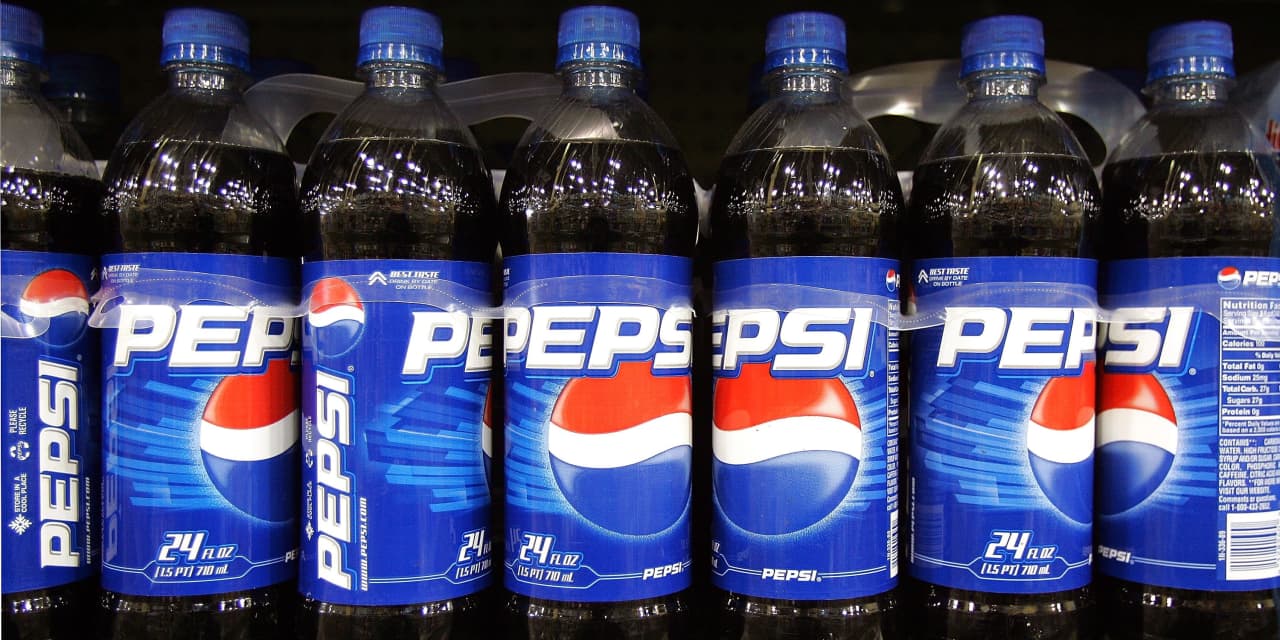One of the world’s largest supermarket chains is yanking popular PepsiCo Inc. products from shelves in Europe due to their high prices.
France-based Carrefour S.A.
CA,
which operates more than 12,000 supermarkets worldwide, started removing items including Doritos and Lays chips, Pepsi and 7-Up soda, Lipton tea and Quaker foods from stores in France, Italy, Spain and Belgium on Thursday, according to multiple news reports.
“We are no longer selling this brand due to unacceptable price increases. We apologize for any inconvenience caused,” signs on shelves read, according to CNN.
The move comes as food producers and retailers — particularly in Europe — have been battling over rising prices. Food inflation has especially surged in France, where the government has said it will push for reduced prices.
Carrefour has claimed food manufacturers are keeping prices high for their own benefit, despite falling costs for raw materials. Last fall, it tried to shame some of its suppliers by putting “shrinkflation” labels on certain products, warning consumers that manufacturers had reduced the package sizes, effectively raising their price.
Read more: ‘Greedflation’ is replacing inflation as companies raise prices for bigger profits, report finds
“We’ve been in discussion with Carrefour for many months and we will continue to engage in good faith in order to try to ensure that our products are available,” PepsiCo
PEP,
said in a media statement Thursday.
Neither PepsiCo nor Carrefour immediately responded for requests for further comment.
On the company’s earnings call in October, PepsiCo Chief Executive Ramon Laguarta said prices are expected to remain elevated in 2024 due to “higher inflation” in its business, according to a FactSet transcript.
PepsiCo beat analysts’ expectations with its third-quarter earnings, with revenue growing to $23.453 billion from $21.971 billion a year prior. Wedbush analysts said at the time that the revenue growth was “completely price-led.”
PepsiCo shares have slipped about 3% over the past 12 months, compared to the S&P 500’s
SPX
23% gain.
Read the full article here




